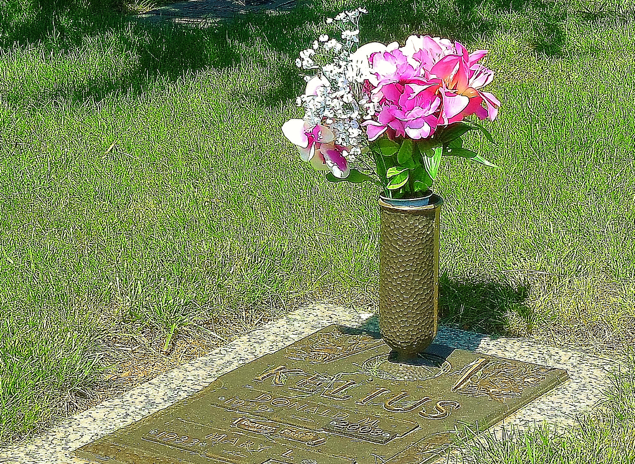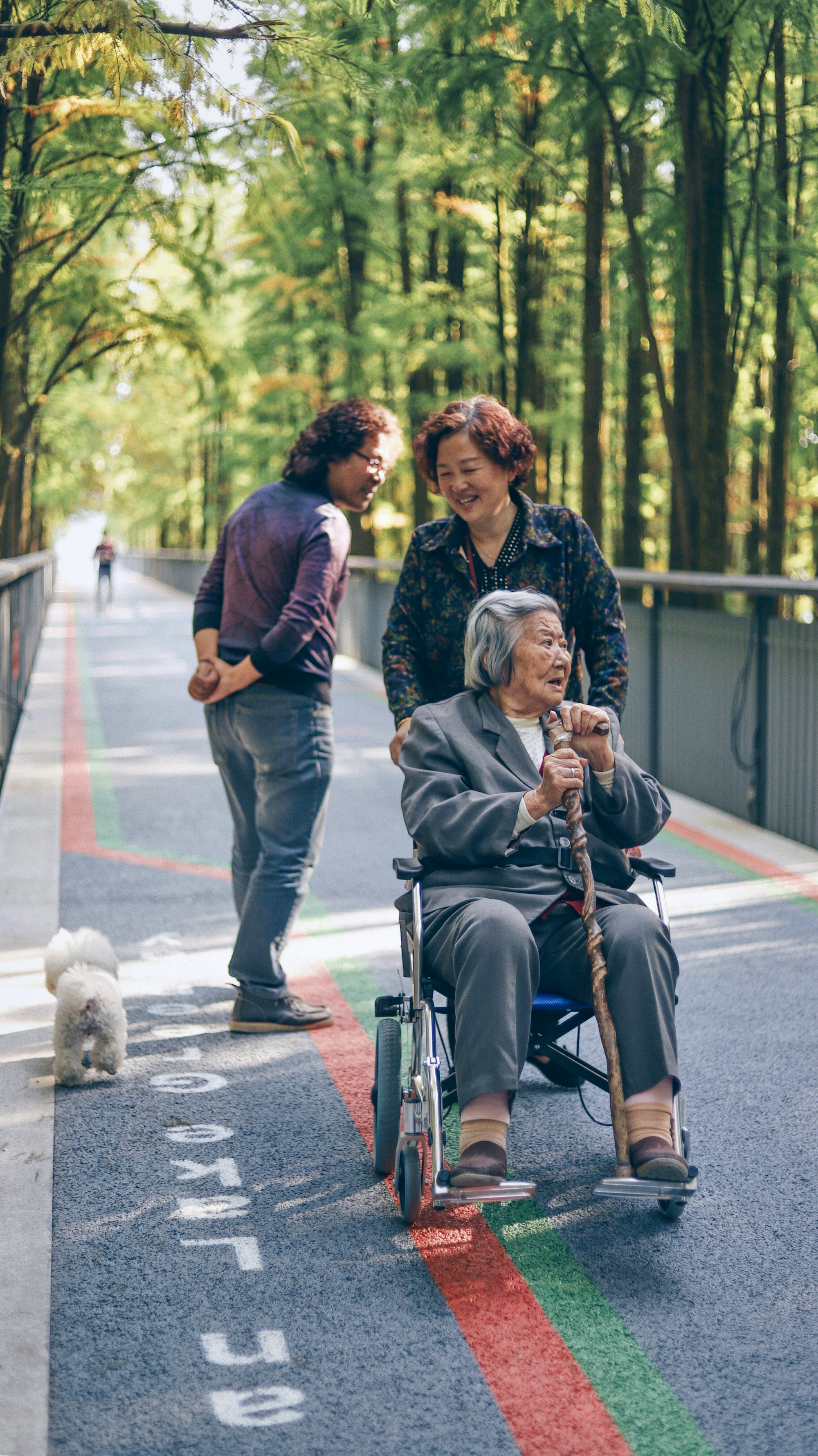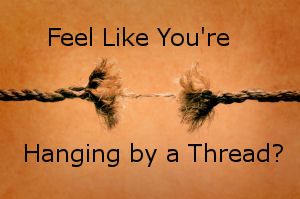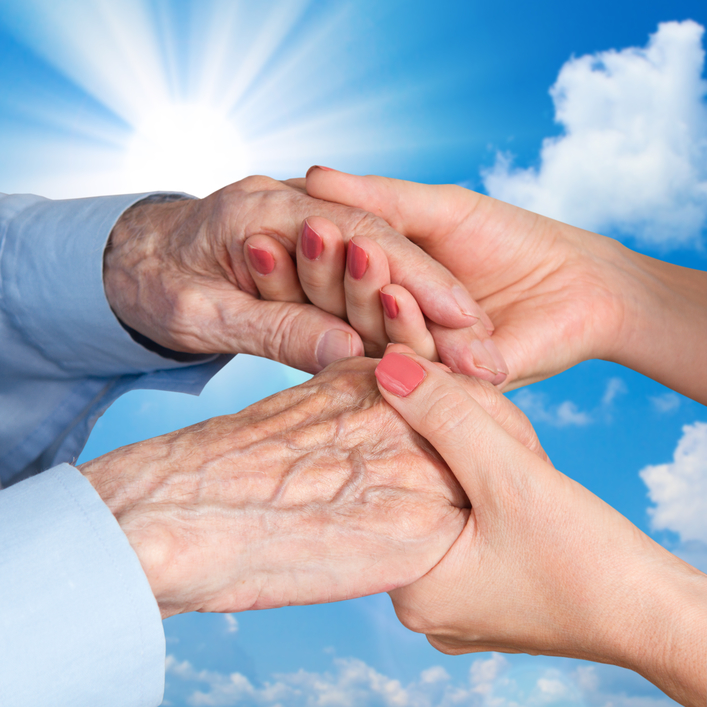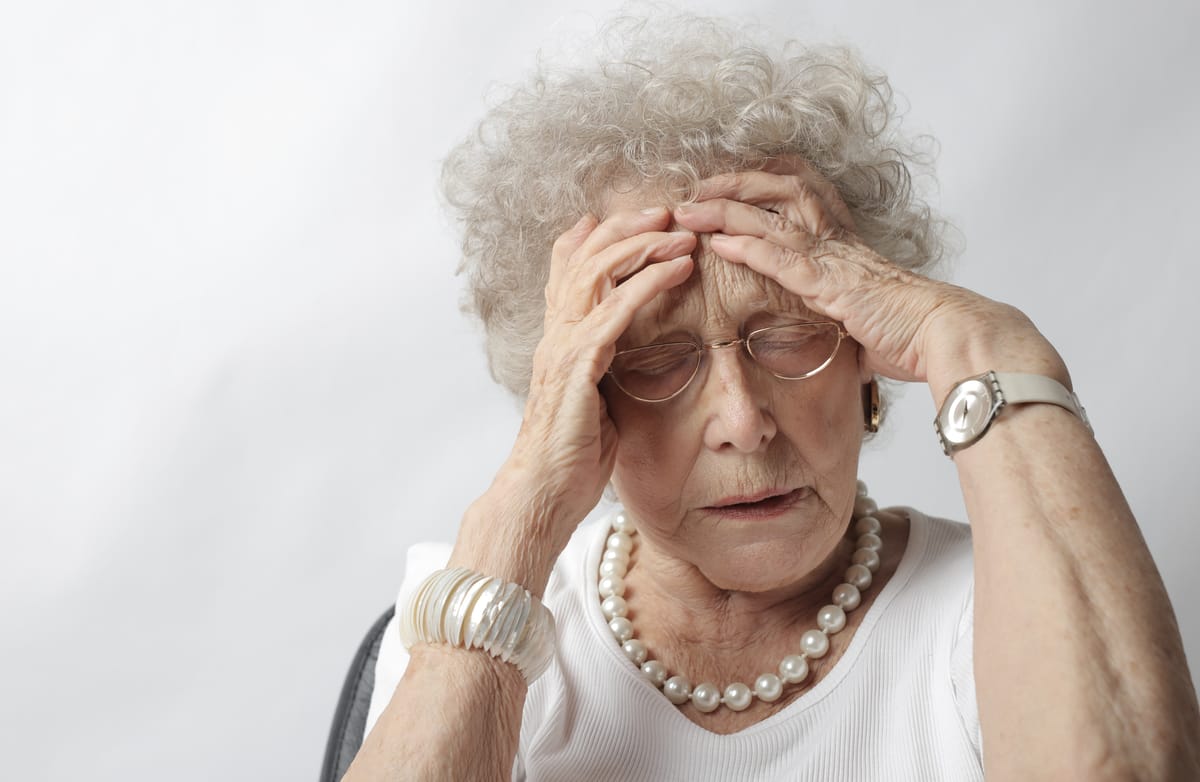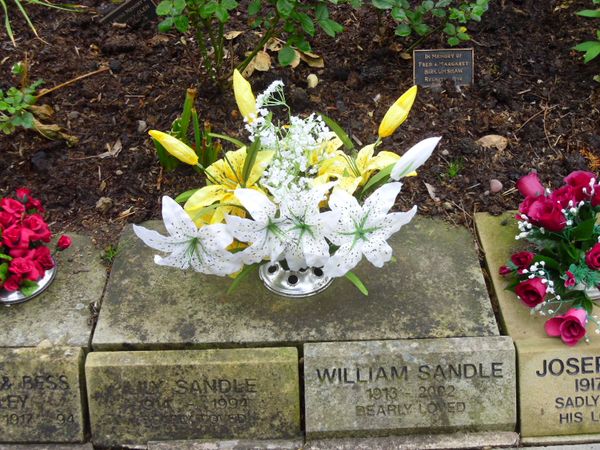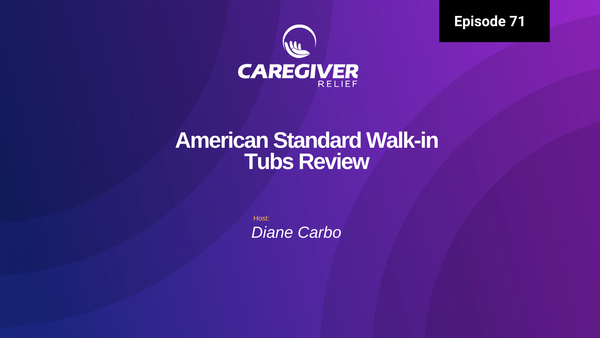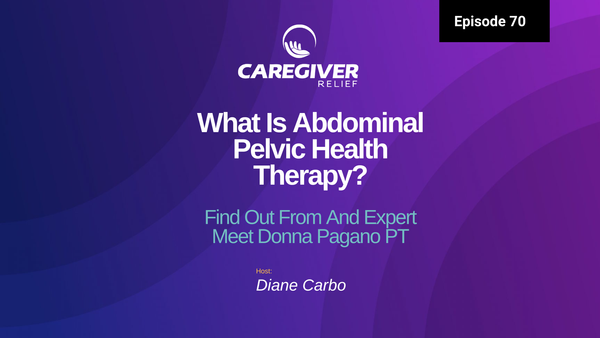Episode 13 – Pat Deegan RN – End of Life Planning. What is a POLST? What is Palliative Care, Hospice Care and Curative Care?
Join us in Episode 13 as we demystify end-of-life care. Learn about POLST forms, palliative, hospice, and curative care. Navigate the complexities of planning for the inevitable with clarity.
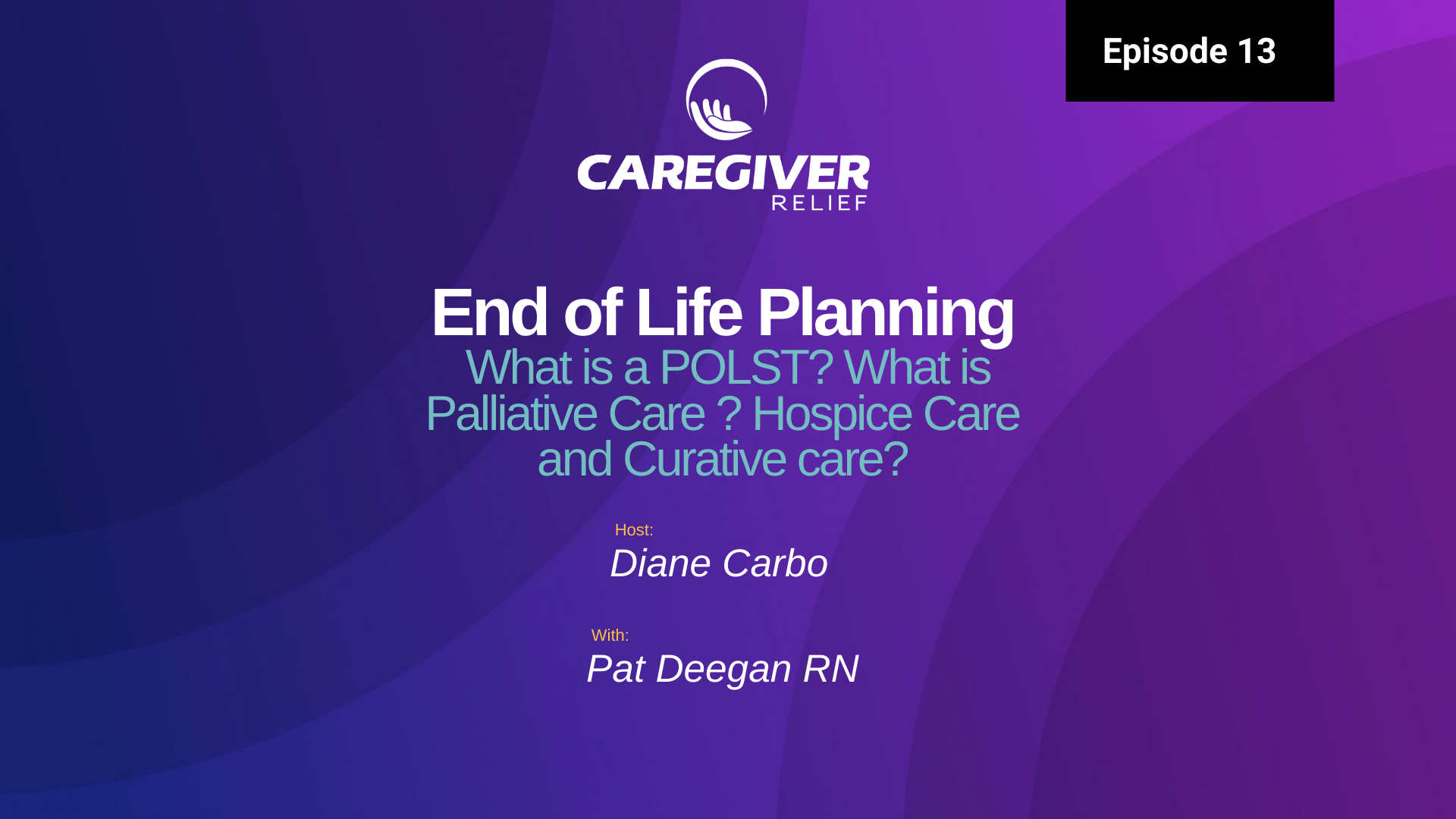
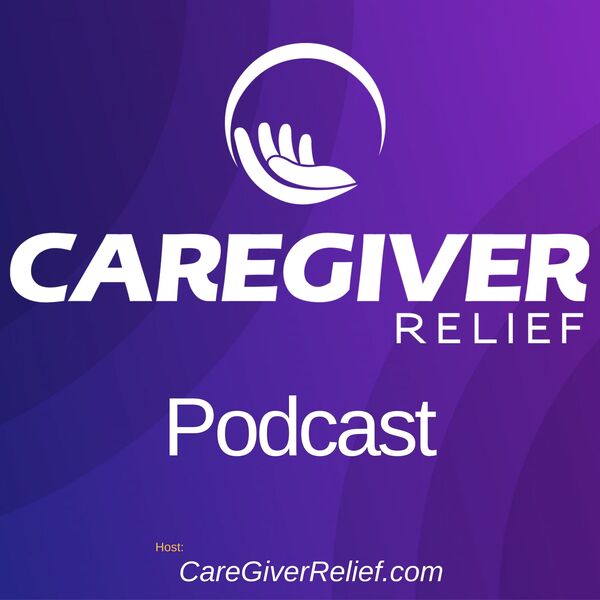
Welcome to Episode 13 of our End of Life Planning series. In today's episode, we will unravel the complexities of end-of-life care and planning. We'll delve into topics such as the POLST (Physician Orders for Life-Sustaining Treatment) form, palliative care, hospice care, and curative care. End-of-life planning is an evolving process that adapts as we age, develop illnesses, and confront our own mortality. With medical terminology often shrouded in confusion, we aim to shed light on these important aspects of care.
Diane Carbo: Hi, this is Diane carbo with caregiver relief. So today I have a nurse extraordinary end of life specialist, Pat Deegan with me, Pat, I’m excited to be here with you today. I think that one of the things that we are trying to do with our end of life series here is to help people understand the significance of having a health care directive. As they’re doing their research and the process they go through, there’s a lack of understanding regarding some of the terms that we use and what’s the purpose of some of this as they’re looking at their end of life planning. Again, I want people to understand that advanced planning is evolving .And changes as you age and as you develop illnesses And as you get older. The medical , jargon can be so confusing to people.
Diane Carbo: I wanted to start with what a life sustaining measure is. It’s often refer to as life’s support. I want people to understand that life sustaining measures is a medical treatment with the primary goal is to prolong life rather than treat an underlying condition.
Diane Carbo: In some cases, the patient’s own body is just not capable of sustaining proper functioning on its own without any kind of medical intervention and that could be anything from artificial nutrition, hydration. Cardiac pulmonary resuscitation medical dialysis and mechanical ventilation/
Diane Carbo: I think then we should discuss what a curative care is because that is important to where we’re going as we talked today about the POLST Palliative care and hospice. Curative care. the purpose of it is to cure disease or promote recovery from an injury and impairment or an illness and it can be provided in a hospital or at home. Examples would be chemotherapy to overcome and fight cancer. Another one could be physical therapy for joint replacement. That’s where we’re going to start right now. And Pat, there’s so many different things that people don’t understand about advanced directive and they don’t understand that when they say they’re a DNR that if somebody at the house they fall and have an injury, And the person says I don’t want treatment that legally the treatment team that comes into the home is legally responsible to resuscitate that person, even though they don’t want to be. So they have created this POLST. So could you explain what a pulse is?
Pat Deegan RN: It’s a physicians orders for life sustaining treatment. I want to say very broad spectrum of things that they can and cannot do. It has to be notarized for one thing. I don’t think they see it for what it is. It’s one thing to say, you want life sustaining treatment, if you can be cured or that there’s hope of recovery, but a lot of times people see this as well. No, I want to be kept comfortable. Even if that means I need food, but they don’t realize that you can keep people alive for years. Think of Karen Quinlan for years. They kept her alive for like almost six years because she had not had a advanced directive, , , they went to Supreme court.
Pat Deegan RN: I can remember reading that and feeling so sorry for the family. And so the husband that, this poor woman could not be laid to rest. And I think that’s the difference between a DNR where you’re don’t do any CPR. You don’t want anything as opposed to life-sustaining treatments if there’s hope of recovery, that by all means, but there comes a time when that’s no longer the case. .
Diane Carbo: One of the things I want people to understand a POLST, which has different names in different states, but it’s a portable medical order for short and that means it’s valid as an order outside a doctor’s office or clinic. So it’s very similar to having a prescription for medication. Because of that, it can communicate your wishes as medical orders. One of the things that you have to require as a person who has POLST is you need to, if you’re going to be in your home, make sure that everybody in your home understands that. You don’t want certain treatments. In fact, it’s a portable script that you have to have available. If it’s like a medical order form that travels with you, wherever you go, and you can have copies of it people that are at home should keep one attached to the front door. A lot of people put them on the refrigerator in a vital of life type system that The medics, no work for them. You can take me to the hospital or I just want to stay here or yes, attempt CPR or don’t attempt CPR, or these are the medical treatments I want, or this is the plan of care I want you to follow. A POLST is a very important for those who are seriously ill or frail, because it’s more specific about your healthcare treatments compared to an advanced directive that has more has options that say, maybe do not resuscitate. It can be very specific like to explain that wherever you are, Let’s say you’re at the mall and you, your heart suddenly stopped. You should have your POLST there with you and the person who is with you should have thatPOLST. So they called the ambulance. A person who doesn’t want CPR. You’re a person that doesn’t want to be intubated or have mechanical ventilation. That’s written on the pulse and actually that is something that a person can have with them that the EMT, ambulance drivers and hospitals will acknowledge and follow those rules, I carried my advanced director with me, but it’s not, it’s very specific, but it is not legally binding in any way, shape or form I know that’s confusing to people you have to have a specific order from a doctor and there is a national POLST organization that it has standardized forms and educate people throughout the country, as far as what a POLST is and what it entails and it’s definitely a conversation that people need to have. And this all comes down to conversations. Talk with your medical provider on your condition, your treatment options, and what you want and you have to have that conversation with your family as well.
Pat Deegan RN: I love the analogy of a portable that I’m going to remember that from not one, when I tried to explain POLST just a portable thing and that’s really, that’s a point well-taken Diane.
Diane Carbo: I think people need to understand that those are medical orders written by a doctor in conjunction with you to honor your wishes when you were very seriously ill. So understand what’s the difference between curative care, palliative care and hospice care. I want people to understand what palliative care is because it’s a new and up and coming program.
Diane Carbo: It’s been around a while, but people are very confused by it and as soon as they see palliative care, the first thing they think is, oh my God, I’m going to die. Many people don’t understand that they live for years on palliative care. It’s just a way to bring comfort and relief from a serious or a progressive or life limiting illness. It can be provided at home or in a facility. It can be immediately available after you’re given the diagnosis along with a curative care plan. It’s services may include medical care and non-medical care, like care coordination or social work and it offers a personalized plan of care that may address everything from pain management to care coordination, and assistance with preparation directive and getting that POLST in place when needed and I think that’s really important to understand that palliative care can be done at any stage of a disease and it’s to improve the quality of life for both the patient and their family members. It is a form of care that can be offered along side a curative care and it offers you the opportunity to have care at home, like for pain, nausea and vomiting , or difficulty breathing it’s coordination of care, which is lacking in our present healthcare delivery system everything’s specialized now and addresses concerns that matter most to you and they tailor it to you so that if you have severe nausea, you don’t have to go to the hospital. Palliative care can help you at home with IVs. It may be something as simple as that. It could be symptom management Helping you address your pain helping you with sleeping issues or even offering support and advice when you’re facing serious illness or approaching the end of life, it offers help with a chaplain and social worker. With financial concerns or how your family is going to cope with something, it can go on for years and they also provide different techniques like breathing techniques, healing, touch, visualization, or simply listening to music with headphones. So there’s a lot of different things that a palliative care can offer that don’t involve death and dying. It’s comfort and people don’t understand that. They think that, oh my God it’s, I’m dying. It has to be no, that’s hospice and it’s like the bridge to hospice, which I think is really a nice thing to do because doctors are waiting so long now to provide hospice services to patients. It really makes me sad because hospice is such an important program it can help people until the final days of their lives, but it’s not offered enough and that’s why palliative care, I think, is a nice bridge to that point to get you to that point.
Diane Carbo: Pat you’re the hospice care specialist you’ve been on hospice care nurse. So let’s talk about that a little bit hospice care.
Pat Deegan RN: First of all I loved my job with hospice. It was probably one of the most rewarding positions I’ve ever held, as opposed to when the emergency room that was so traumatic . I think I learned from hospice that. We really need each other. I think the world, we gotta be independent. You can’t rely on anybody, but in hospice because it’s an interdisciplinary team, we really need input from everybody. It gave me such a feeling. It gave me more meaning to life because what we’re doing is trying to make the best of it, before they die and I think, I don’t know when, maybe eight years ago they were like 66% of the patients were dying at home with hospice. Now that’s a lot of people.
Pat Deegan RN: Hospice is a, it’s a philosophy. It’s not a facility and the first one was a hospice house, if you will, in Branford, Connecticut and I lived in Connecticut for almost all my life . It was something to see because it was a house, it wasn’t sterile the hospitals and stuff, and they didn’t wear,gow ns or uniforms. People could bring their own furniture and, set their room up to look like home or whatever they wanted meals for a family meal . At some point I think the big difference with hospice and Diane, you brought that up. It’s life sustaining, it’s when you know, you’re not really dying. Whereas hospice, the doctor and the medical director of hospice have to agree that the patient in all likelihood probably has six months or less to live. Now that changes sometimes. And then we can recertify them that they continue to need hospice depending on what they can do. My definition of a good death, if you will is living long enough to see your grandchildren, which I have done putting affairs in order. This is a big issue and the social worker on the hospice team, works with the family . There are so many things that are shoved under the rug until they realize that they’ve got to face this and make amends with people or fix fractured relationships
Pat Deegan RN: It’s a very broad support. You have a chaplain, you have a social worker, you’ve got a bereavement counseling and you’ve got home health aides that can go in and do personal care. Oh, I want to get into the bereavement later because I’ve got a wonderful example. That’s the different with them in hospice. If a patient dies, the RN in charge of this patient can pronounce the patient for a simple reason that all hospice deaths are expected deaths.
Diane Carbo: That’s a very good point to make that should a person die in the home and they don’t have a POLST and they are not on hospice care, there is a legal investigation done to make sure that person wasn’t killed or murdered or neglected that they died . So need to understand that when it’s a big thing for an assisted living. It is considered a home and not a facility . That death is the facility is under obligation to be investigated for that. So hospice is it’s an expected death and therefore it’s not investigated by the police.
Pat Deegan RN: There was something you said that made me think of something else with the difference between , palliative care and hospice is it’s okay to talk about death because a family they all know that this is going to happen sooner rather than later and again, it’s the whole team works with it. We affirm life if not death we can do holistic care, which means the whole family is involved. Everybody’s that is involved. It’s ongoing care and there’s a bereavement program that will follow a family or children or whomever for up to a year or more if necessary, the hospice that I worked with, I was very fortunate to have over 125 volunteers . They were all instructed what to do and what to say . We had a patient of husband was taking care of her, she was sick for a long time, but he developed terrible arthritis and had a knee replacement. So he opted because he was the only caregiver. They had no children, so he has to have both knees done at the same time wired and he had to go to rehab. This requires. Us as the hospice to find enough volunteers for 24 hour care for over three weeks while he was in rehab and we did it and then, she probably wasn’t well enough to go back home, but he was so concerned about his wife that’s why he had the two of them because he couldn’t get be away twice. That was the thing.
Diane Carbo: Even more remarkable is I’m an old orthopedic nurses. To have both done at the same time, he was taking a big risk. God blessed him.
Pat Deegan RN: I know . Volunteers. They were they were just wonderful. We had the best in the world. I think so. Now with hospice, there’s what they called the Medicare hospice benefit. The doctor and the medical director of hospice, they both have to certify that the patient probably has less than six months. The patient has to commit that this is what he wants as well. . This again goes along with what you say with palliative care. Most of our diagnosis work for course cancer, but that doesn’t mean it’s limited to cancer. You can have right lung disease, COPD, CHF kidney problems. Parkinson’s Alzheimer’s Lou Gehrig’s disease and staging pneumonia, anything. So it covers a lot of things that better. Provides to no cost to the family, nursing care, physical therapy, medical, social worker, home health aid, and the bereavement program. That’s the interdisciplinary team. , we all work together as though there’s no I in team and so Truven in the hospice.
Diane Carbo: It’s intermittent services, that the family has to provide the majority of the care in the home.
Pat Deegan RN: There has to be a caregiver in the home that lives there, the home that’s going to be there .
Diane Carbo: I also want people to understand that in different parts of the country, there still exists because I know when in the Philadelphia area, we had several inpatient hospices. That one was a big old home. Oh, I love that. I think it’s called the Keystone house. I don’t know if it’s still there. But it was a big, beautiful home and each person had their own room it was just a lovely. Call me when you walked to relax and it was healing, your priority from extending your life to improving the quality of your life that you have left.
Pat Deegan RN: Yep. If you haven’t got a volunteer or if there’s always going to bring that up, if there was a death in the family, or if there is a wedding or something and whoever the caregiver is, the husband or the wife really wants to go, we can put volunteers in there if you can’t, if it requires too much care, then they can go into the hospital. A lot of hospitals now have got a hospice ward, so to speak, and that was just for all hospice patients go and. Hospice team works along with the nurses on that floor, just, to direct the care
Diane Carbo: I did agency nursing in Philadelphia, a hospice unit in a hospital that I worked in several times and it was very lovely. The VNA of greater Philadelphia also had opened , an inpatient hospice unit. Again, it was for. Intermittent relief. It was not something long-term, but there were patients that had no family members that were placed in those beds to be taken care of until they pass. So it’s a lovely way for people to choose hospice. Until, as the final days of their lives and it’s very unfortunate because many don’t get it soon enough. I’ve told this story before, but I wanna share about my dad right now because my dad had pancreatic cancer. Other year, he would go to Hawaii for six weeks. He had a timeshare. He was just diagnosed with pancreatic cancer. He had a Whipple procedure because he was jaundiced. It did extend his life. They told him, we’re going to put you on hospice. It’s time. You have six months or less to live. My dad looks at me and his present wife and he says, I’m not going to get to go to Hawaii. So I said to him, plan your trip, dad, if you’re well enough to go, we’ll set up hospice in Hawaii. And we did, we set up hospice in Hawaii . He was there for six weeks . The first week he was there, he did so well. They took him off of hospice and I can tell you it, he had this spiritual healing. He felt great. He enjoyed his whole entire trip, which is amazing. The day before he was to come home cause we lived in Pittsburgh, Pennsylvania. So it’s a long trip from Hawaii. He started not feeling so well. So by the time he got home and after that grueling long trip, they put him back on hospice. He was able to die at home about two months later. He was able to control his life and enjoy his life until the end.
Pat Deegan RN: Yeah.
Diane Carbo: We have to address Pat. I hear so much from so many people about hospice. It’s killing my family member. They’re accelerating their desk. Oh my God. This is terrible and I actually, Facebook pages, Pat that hospice is killing my family member and I want people to know that there are good hospice companies in there and bad ones.
Pat Deegan RN: Especially if you start like a morphine drip, oh, you’re going to kill them. It’s not because if somebody is taking morphine because of severe pain, we are fortunate. If we can provide that comfort that the pain is gone. Whereas if somebody is going to get higher ODS, That’s just the opposite. They don’t get the effect that they want it, it helps make less trouble trying to breeze. If one particular thing, they’re gasping just just calms everything down and they’re much more relaxed.
Diane Carbo: Yes. People don’t understand that if you change your mind and you want to be taken off hospice and you feel like you need to go to the doctors or you need to go to the emergency room, you can call the hospice organization, and they can take you off hospice so that you can be seen at the emergency room for treatment.
Pat Deegan RN: Again it’s a philosophy and it’s the family and the patient, once they embrace it’s amazing to watch the transformation because they’re no longer afraid of death or anything. And it’s really very rewarding and people think I’m crazy when I say I love the job and they say how could you, because everybody dies, but their quality of life. So much better.
Diane Carbo: Oh, pat, that’s very true. My mother-in-law died in my home. We brought her home to die . She had lung problems and stomach issues. He had Portal hypertension, which means nothing to most of you, but you know what I’m talking about, Pat and she was having microbleeds and bleeding out all the time. So we put her on hospice. I’m a nurse and I know good hospice and I know bad hospices and the first hospice organization we had, I had to fire. Because they were just not even kind. It was shocking to me, they didn’t provide care, they didn’t provide the education about the death and dying process. And that’s an issue I have. They don’t support people. , I knew what was going on, but it was my second husband, his mom, and he was having issues the social worker wasn’t available, the chaplain wasn’t available. So I got them out and we got a different hospice group. Also those who have blended families, I’m going to share a story about what happened when my dad was on hospice. My mother had passed when I was 18. My dad remarried . When he was on hospice my stepmother didn’t want me to even change a bandaid on his head when he fell. It was very challenging. The hospice social worker came in because I requested. To intervene for us . She came in and they were amazing about how they addressed the issue of providing care as a team. They address the family issues. In fact I learned for those of you who have lost their mothers, very in any part of it, Life. There’s a book called motherless daughters and I was in my forties and , the social worker at the hospice gave me the book, motherless daughters to help me, you understand how I was feeling and why I was feeling the way I was as well.
Diane Carbo: So I no good hospice, but I’ve seen ugly, bad hospices, and people need to understand that not only do they have the right to change companies, they have the right if they question anything to take themselves or their family member off of hospice and still seek treatment. Let me go back to a palliative care if that’s what they want.
Pat Deegan RN: Yep. My husband died at home and it was very nice because having had hospice experience, I was able to tell my children what was going to happen next and then, the next step and everything so that they were very well prepared. And then what happens? You’re still, no kind of dumbstruck with it, I really appreciated my hospice training because it made things so much easier. It really did. And he was never alone. I was still working, but my son-in-laws or somebody was always there with them. So that, cause I think that’s a tragic thing when someone dies alone.
Diane Carbo: You know what, that’s my feeling too. I just, I know that’s silly. My dad was surrounded by all of us when he passed, we were all there and that was lovely. He used to say a St. Joseph’s prayer and he had his prayer card. It was once then from him reading it every day and saying his prayer. So I was actually reading him that whispering into his ear and I had my Justin, I could even feel his last heart beat. , he had a very peaceful. Nice death. One of the things that I’ve learned from several of my clients is they really struggle with Terminal agitation and no support from the hospice company. There are times when agitation very troubling and traumatizing. It’s frightening for them. And like you said, sometimes it means giving them a morphine drip. Families need to know that. Caregivers are tired . When they’re coming to the end of life, they’re not only grieving the loss of their family member, but they’re tired. They’ve given all they’ve got and they don’t have the energy sometimes to just fight or argue that one last breath. I want more help in here, get your butts over here, support me, be here for me, help me through this . They just don’t have it. And I’ve had so many feel that they were let down by hospice. You have a right to support and you have a right to fight for that. And if you’re not getting it, don’t hesitate to scream, holler, Fox fight, whatever it takes to get the help there because the squeaky wheel gets the grease.
Pat Deegan RN: That’s right. Yes, it does.
Diane Carbo: It always makes me sad when I hear those stories because it doesn’t have to be that way. .
Pat Deegan RN: No. In fact, before my husband died, his sister used to come down here for the winter. And I knew he was gonna die within two or three days. So I arranged to have the priest come to do the last right, so that his sister and brother-in-law would be there too. It was important to them, if not anybody else, for the fact that they were there to see this, and I’ve never regretted it. Never.
Diane Carbo: . I worked in a Catholic nursing home that was near my home in Philadelphia as an agency nurse. And I went there a lot because I could walk across the street practically to get there and they needed the help. I would go in and cover and I’ll never forget. The day that I came on to this unit and I’m getting report in the lady at the end of the hall is dying. I’m a recovering Catholic. So this disappointed me because I called the priest and I asked him if he would come in and sit with her and give her last rights or find someone and there was nobody in the church at the time that would support it and the priest frustrated me because he said she’s all caught up on her sacraments and he wouldn’t come. I found that so offensive. I did, I’m sorry. I found that so offensive because I think, of all organizations, the religious ones should be the ones to provide some kind of support at the end of life so that a person doesn’t have to pass alone and I’ll I remember going into her room, I didn’t know these patients that you’re struggling to pass meds to 30 patients and get to do things in a timely fashion, . I get to her room and all she had died I felt so bad I still feel bad because I didn’t want that for her. I don’t want that for anybody. It makes me sad. We covered a lot today.
Diane Carbo: I want to thank you again . I want people to know that hospice doesn’t kill you. There’s palliative care doesn’t mean that you’re dying either. That life-sustaining measures are not going to cure you. I want to tell my caregivers to remember you are the most important part of the caregiving equation without you. It all falls apart. So be gentle with yourself, practice self-care every day, because you are worth it.
Diane Carbo: Until next week, Pat, when we’ll have more to discuss I’m sure. Thank you for your time.
Pat Deegan RN: Thank you for having me. I appreciate it. Goodbye.
Conclusion:
As we conclude this enlightening conversation, we hope that it has shed light on the intricacies of end-of-life care and planning. Remember that end-of-life planning is not just a one-time event; it's an ongoing process that evolves with time and changing circumstances. The key takeaway from today's discussion is that being informed about your options, such as the POLST form, curative care, palliative care, and hospice care, empowers you to make informed decisions and ensures that your wishes are respected.
We'd like to emphasize the importance of open communication with healthcare providers and loved ones. These conversations about end-of-life care can be difficult, but they are essential for ensuring that your preferences are honored and that your loved ones are prepared for the journey ahead.
In closing, remember that you are not alone on this journey. Seek support, ask questions, and advocate for your loved ones and yourself. And, most importantly, practice self-care because you are the linchpin of caregiving, and your well-being matters. Thank you for joining us today, and we look forward to continuing this important conversation in our future episodes.
You might also like this article:
